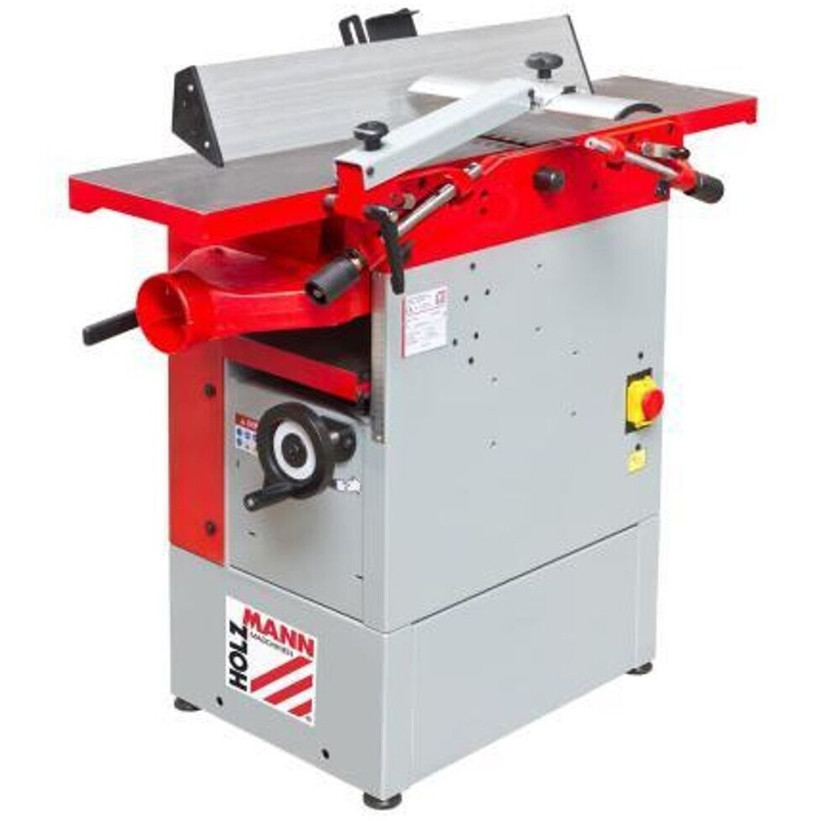The Most Effective Wall Chaser Test Tricks To Change Your Life
페이지 정보

본문
Wall Chaser Test: A Comprehensive Guide to Performance and Efficiency
Wall chasers have actually become essential tools in contemporary building and renovation projects, developed to develop channels in walls for electrical wiring, piping, or ductwork. As DIY lovers and professional contractors seek performance and accuracy in their work, it's vital to evaluate the efficiency of these tools through a comprehensive wall chaser Flachdübelfräse Test 2024. This blog post dives deep into the mechanics, performance aspects, and outcomes of wall chaser tests, supplying insights that would benefit anybody considering this tool for their tasks.
What is a Wall Chaser?
A wall chaser is a specific power tool that permits users to produce narrow slots or grooves in walls. Traditionally, these slots were sculpted by hand, but wall chasers simplify this procedure significantly. They work by utilizing diamond blades to cut through masonry, concrete, or brick, enabling smooth setups of electrical conduits and piping.
Functions of Wall Chasers
Before we dive into the wall chaser test itself, it is important to comprehend the features that separate these tools.
| Function | Description |
|---|---|
| Blade Size | Generally varies from 110mm to 230mm |
| Cutting Depth | Adjustable, usually approximately 30mm |
| Power Rating | Frequently in between 1400W to 2400W |
| Weight | Varies, typically from 3 kg to 6 kg |
| Dust Extraction | Many designs consist of dust ports or integrated extraction systems |
| Tool Speed | RPM varieties from 8,000 to 12,000, making sure fast, clean cuts |
The Importance of Wall Chaser Testing
When considering a wall chaser for purchase or use, understanding how it determines up against its rivals in real-life circumstances is paramount. As a result, wall chaser tests intend to assess:
- Cutting Efficiency
- Reduce of Use
- Dust Management
- Sturdiness
- Sound Levels
Cutting Efficiency
Among the most crucial elements of a wall chaser is its ability to create tidy and precise cuts. During screening, the following criteria are kept track of:
- Speed of Cutting
- Quality of Cut (Smooth vs. Rough)
- Consistency over Multiple Cuts
Results can differ depending on the type of wall product being cut. For example, concrete may take longer to cut compared to drywall.
Ease of Use
An user-friendly wall chaser will have functions that help with operation, including:
- Weight Balance: Better balance indicates reduced fatigue during extended usage.
- Grip Design: Ergonomically created grips minimize pressure on the hands.
- Adjustable Depth Control: Provides adaptability for differing job requirements.
Dust Management
Reliable dust management is important in keeping a tidy work environment and ensuring user health. Features examined in this category consist of:
- Built-in Dust Extraction Systems
- Effectiveness of Dust Collection
- Amount of Dust Produced During Operation
Sturdiness
Wall chasers should be robust enough to endure the rigors of building and construction work. Evaluating will include:
- Material Used in Construction
- Performance under Heavy Use
- Use on Blades and Components
Sound Levels
Power tools can produce substantial sound, so determining decibel levels throughout operation is necessary. Tools fulfilling industry requirements for sound would be preferable to guarantee a more secure working environment.
Wall Chaser Test Results Overview
Here's a summed up table of a hypothetical wall chaser test performed on four popular designs offered in the market:
| Model | Cutting Efficiency | Ease of Use | Dust Management | Sturdiness | Sound Level (dB) |
|---|---|---|---|---|---|
| Model A | Excellent | Excellent | Fair | Excellent | 85 |
| Design B | Excellent | Excellent | Excellent | Excellent | 78 |
| Design C | Fair | Fair | Great | Fair | 90 |
| Model D | Exceptional | Good | Good | Outstanding | 82 |
Analysis
- Model A shines in cutting effectiveness and resilience but produces a higher noise level.
- Design B is an ergonomic option with impressive dust management.
- Model C, while less effective general, may suit users with occasional requirements.
- Model D supplies a balance of efficiency and sound decrease.
Frequently Asked Question on Wall Chasers
1. Can a wall chaser be utilized on drywall?Yes, wall chasers can
be used on drywall, but care must be required to prevent overcutting, which can cause uneven edges. 2. How deep can a wall chaser cut?Most wall chasers
can cut up to 30mm deep, but this varies based upon the model. 3. Do I need particular blades for different materials?Absolutely! Diamond bladesare advised for masonry and concrete, while specialized blades are available for softer products like drywall. 4. Is dust management critical when using a wall chaser?Yes, efficient dust management is essential for health and can affect
exposure and the total work environment. 5. How do I preserve my wall chaser?Regular cleansing and guaranteeing blades are sharp will assist preserve performance. Store in a dry location to prevent rust and damage.

The wall chaser stays an important tool for modern construction and restoration jobs. By understanding its features, performance qualities, and essential screening specifications, users
can make informed choices when choosing a wall chaser that matches their requirements. The insights gathered from efficiency screening not just enhance the efficiency of the tool but also contribute to safer and more efficient project execution. If you're considering investing in a wall chaser, keep in mind to weigh all the functions and test results we have gone over. Pleased chasing!
댓글목록
등록된 댓글이 없습니다.










